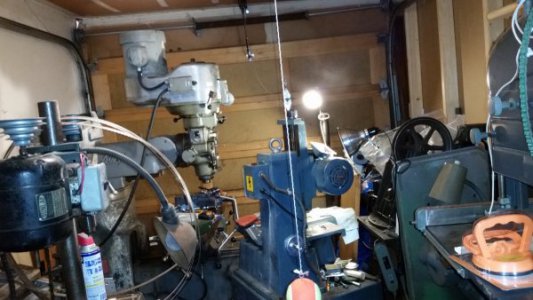- Joined
- Jul 18, 2017
- Messages
- 407
Thanks everyone. I have a lot of options to consider. I really appreciate your posts!
Susan
Susan
The subject at hand is not hand scraped ways, it is an oil flaked table top, done with a Biax power oil flaker.Your goal is to preserve the appearance of hand scraped ways?
I have often wondered if there was a small market for hand scraped way decals that may be applied to machine surfaces to give the impression of hand scraping much like auto and motorcycle enthusiasts use decals to mimic carbon fibre components. I suspect that the market is far to limited for 3M to get involved in.
Carbon Fiber Black 3M™ Wrap | 1080 Series Wrap Film
Work smarter, not harder. Our selection of 3M™ 1080 series wrap films allow you to make your car almost any color. View our Carbon Fiber Black color and more!www.rvinyl.com

I agree that electrolysis is best, but I am working by myself. 275 lbs is too much for me to handle aloneSusan, if your goal is to retain the scraping marks without adding more scratches or exposing yourself to acids or other chemicals then electrolysis is a very good option. I've done my RF-31 mill table, too many tools to mention, anvils and even several whole lawnmower chassis in an electrolytic tank and can tell you that there is no removal of the parent metal this way. Unless you are brain dead and stick your hand into the solution with power on (low voltage but high amperage), this is a pretty safe way to go. There is a tiny amount of Hydrogen gas generated but hardly enough to constitute a real danger if you work outside.
You should learn to do electrolysis. Easy, very safe (in my hands at least) and one of the most effective methods of rust removal there is. Evaporust, Phosphoric Acid, Scotchbrite, steel and synthetic steel wool also works - I've used these agents, too - but to retain the parent material with the least potential for altering the surface finish, electrolysis gets my vote.
